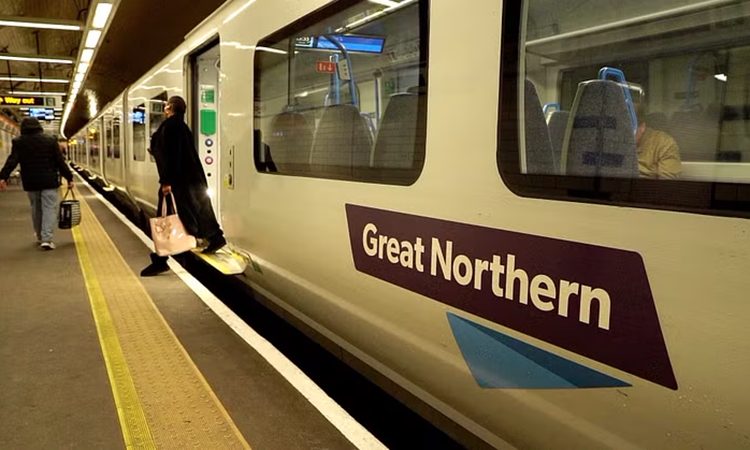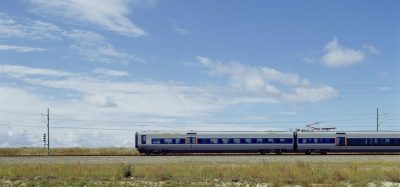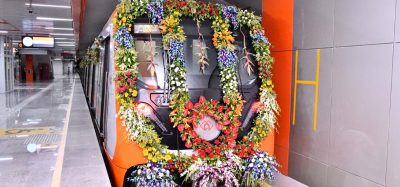Digital signalling now fully controls trains on Great Northern route to Moorgate
Posted: 13 November 2024 | Global Railway Review | No comments yet
The Great Northern route to Moorgate has fully transitioned to ETCS, enabling continuous train-to-track communication for improved punctuality and reliability on this busy commuter line.


Credit: Govia Thameslink Railway
Govia Thameslink Railway (GTR) has announced that every train on the Great Northern route to Moorgate in London is now operated using digital signalling technology. This advancement, part of the European Train Control System (ETCS), allows continuous communication between trains and the tracks, aiming to improve punctuality and reliability for commuters.
This digital system, introduced in 2023 between Moorgate and Finsbury Park on the Northern City Line, replaces traditional trackside signals. Instead, train drivers receive real-time speed guidance on an in-cab screen, tailored to ensure safety and optimal flow. The remaining physical signals along the route are set to be deactivated by 2025, marking a new era of rail technology.
The ETCS implementation is a flagship initiative under the £1.4 billion East Coast Digital Programme (ECDP), which is funded by the UK government. The programme is supported by a broad coalition across the rail sector, including Network Rail, GTR, freight operators and technology partners.
Join our free webinar: Rail cyber-security in a time of technological and regulatory transformation
Join our expert panel, including speakers from Nokia and Siemens Mobility, to explore the critical convergence of cybersecurity and 5G rail comms.
Date: 3 Dec | Time: 15:00 GMT
Can’t attend live? No worries – register to receive the recording post-event.
Oliver Turner, Head of ERTMS (European Rail Traffic Management System) at GTR, said: “Digital signalling is better for passengers because it means we can run a more consistent, more punctual service. It’s hard to overstate the challenge of moving to ETCS and, the significance of reaching the point where every train on our route into Moorgate is controlled this way. It is a huge achievement both for Great Northern and our parent company GTR.”
As part of the digital transformation, GTR has been training drivers to operate with ETCS, which involves mastering the use of in-cab displays for real-time speed and route information. The technology provides a streamlined system that is expected to boost service frequency and reduce delays.
Ed Akers, Network Rail’s industry partnership director for ECDP, said: “This is a great achievement on what will become the first commuter railway in the country to operate without any physical signals. I’d like to thank all the signallers, drivers, engineers and planners across our whole partnership who have worked hard to make the Northern City Line project a success.”
Following its success on the Great Northern route, ETCS is set to expand along the East Coast Main Line between King’s Cross and Grantham, with further ambitions for digital signalling across the broader UK rail network. This modernisation is expected to reduce congestion and delays, signalling a shift toward a more resilient and high-capacity railway system across Britain.
Stay Connected with Global Railway Review — Subscribe for Free!
Get exclusive access to the latest rail industry insights from Global Railway Review — all tailored to your interests.
✅ Expert-Led Webinars – Gain insights from global industry leaders
✅ Weekly News & Reports – Rail project updates, thought leadership, and exclusive interviews
✅ Partner Innovations – Discover cutting-edge rail technologies
✅ Print/Digital Magazine – Enjoy two in-depth issues per year, packed with expert content
Choose the updates that matter most to you. Sign up now to stay informed, inspired, and connected — all for free!
Thank you for being part of our community. Let’s keep shaping the future of rail together!







